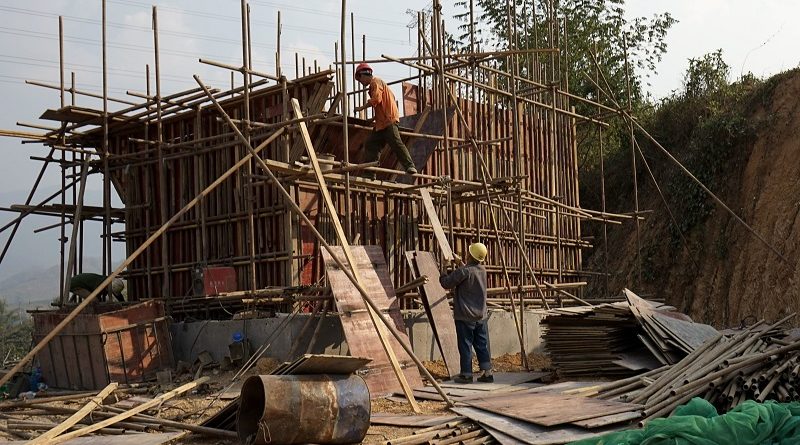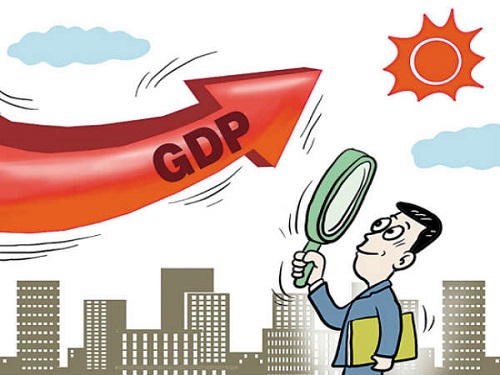Laos Credit Downgrade Signals ‘Real’ Default Risk As China Looms
Source: Nikkei
Fitch’s rare cut to ‘CCC’ raises possibility of relief from Beijing
Fitch Ratings has downgraded Laos’ rating to “CCC” from “B-,” meaning that the Southeast Asian nation faces “substantial credit risk” and that default is a “real possibility,” according to the agency’s definition.
It is rare for a sovereign nation to be rated in the “C” class. In a report issued Wednesday, Fitch admitted that it “typically does not assign outlooks or apply modifiers to sovereigns with a rating of ‘CCC’ or below.”
Moody’s Investors Service also downgraded Laos’ issuer rating last month to “Caa2” from “B3,” while changing the outlook to “negative.” S&P Global Ratings does not currently rate the country.
The main reason for Fitch’s downgrade is deepening external liquidity pressure as a result of the pandemic, coupled with Laos’ large volume of approaching debt maturities. The squeeze raises the possibility that the country may have to rely on Chinese assistance.

J&C offers premium discounts on corporate medical insurance and customize health coverage for your company or group
Jeremy Zook, director of sovereign ratings at Fitch, told the Nikkei Asian Review on Thursday by email that the downgrade “is based on our view that the sovereign’s external financing options have become more limited.”
Fitch says around $500 million of the country’s external debt will mature by the end of the year, followed by a further $1.1 billion a year over the next four years. Laos’ foreign exchange reserves are estimated at $1.3 billion.
The country faces an imminent repayment of about $200 million to commercial banks this month, and then the equivalent of $100 million in Thai baht-denominated bonds the following month. “Financing for Laos to meet its obligations during the remainder of 2020 appears adequate, but a large external financing gap remains for next year,” Fitch noted.
The ratings agency believes “international financial market conditions remain challenging for Laos, including prospects for rolling over its existing obligations in the Thai bond market, which we had previously assumed.”
Indeed, the country decided not to seek to roll over a baht-denominated bond maturing in June, but negotiated with commercial banks and secured fresh bank financing of $100 million.
Fitch anticipates that “additional bilateral financing and debt relief could be forthcoming, including from China,” as other options may not be readily available for the landlocked country.
“Debt relief would most likely take place outside of the G-20’s Debt Service Suspension Initiative, as the government has not engaged the IMF for financing through the pandemic-related Rapid Credit Facility,” said Fitch, referring to the International Monetary Fund.
Laos has officially reported only a handful of coronavirus cases, but it is not immune to the shock of the global crisis.
The ratings agency forecasts the country’s deficit will rise to about 7% of gross domestic product this year, from 3.2% last year. Revenue is expected to contract by 25% this year, due in part to coronavirus response measures, including tax exemptions and tax payment deferrals.
For Fitch, Laos is the only one among 21 Asia-Pacific economies with a sovereign rating of “CCC” or below. Four African countries — Republic of Congo, Gabon, Zambia and Angola — have the same rating, while four others including Lebanon and Argentina are rated below that.
Laos has been seeking to graduate from the so-called “least developed country” list, designated by the United Nations. It had hoped to be removed by 2020 but has yet to meet the criteria on economic vulnerability. It has cleared the thresholds in the other two categories — gross national income per capita and a human asset index that measures health and education.
Vientiane now aims to be delisted by 2024, and is set to restart the evaluation process next year.





